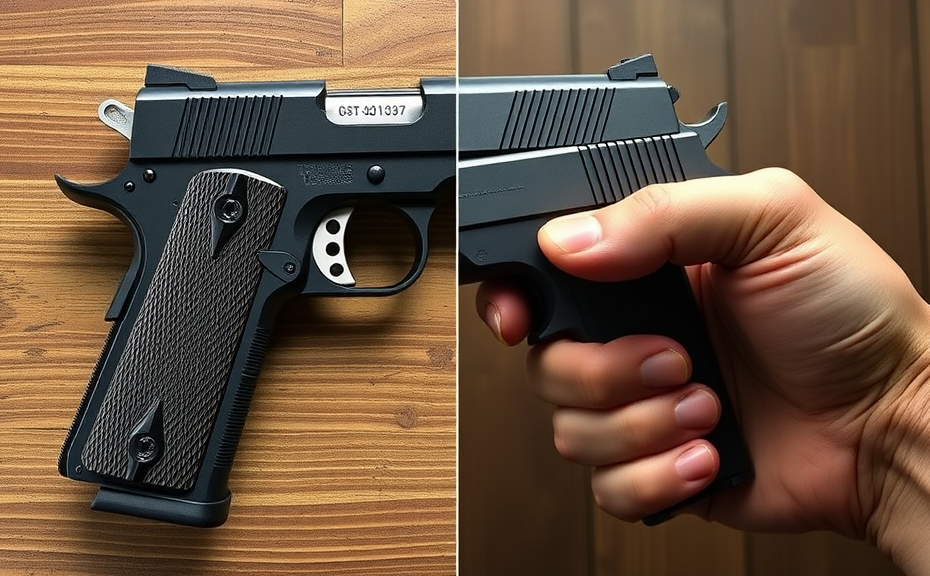The debate between 1911 vs Glock ergonomics has gained traction among firearm enthusiasts and professionals alike. Ergonomics in handguns play a crucial role in overall shooting performance, comfort, and ease of use. Both the 1911 and Glock are staples in the world of firearms, but they cater to different preferences when it comes to ergonomic design.
When evaluating the 1911 ergonomics, several characteristics stand out:
- Grip Shape: The 1911 typically features a single-stack magazine, resulting in a slimmer grip that many users find comfortable.
- Trigger Position: The trigger pull on a 1911 is often shorter and crisper, enhancing the user’s control and accuracy.
- Safety Features: The manual thumb safety and grip safety provide an additional layer of control, allowing users to engage their preferences without sacrificing response time.
On the other hand, Glock ergonomics offers its own distinctive set of features:
- Grip Texture: Glocks come with aggressive grip patterns, providing a secure hold even in adverse conditions.
- Ambidexterity: Many Glock models are designed with ambidextrous controls, allowing left-handed shooters to operate the firearm comfortably.
- Modular Design: Glocks often allow for interchangeable backstraps, enabling users to customize the grip size to fit their hand better.
In the comparison of 1911 vs Glock ergonomics, personal preference plays a significant role. While some may prefer the classic feel and aesthetic of the 1911, others might lean toward the modern functionality and versatility of the Glock. Ultimately, choosing between these two iconic firearms comes down to individual ergonomic needs and shooting style.
